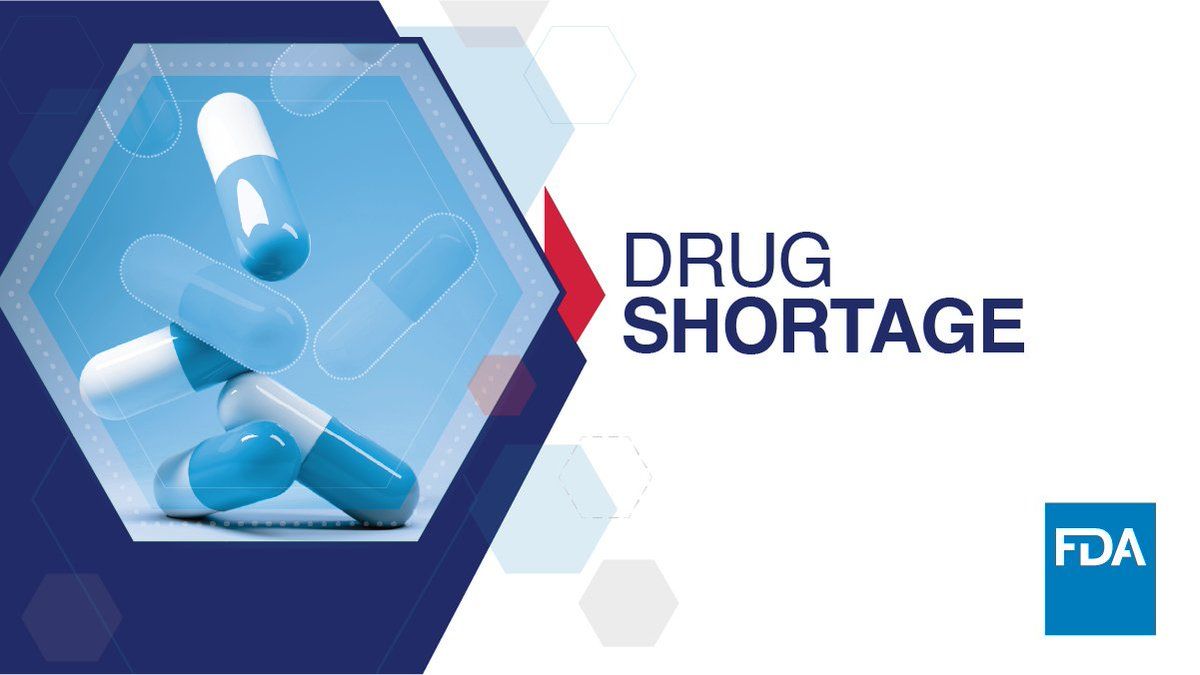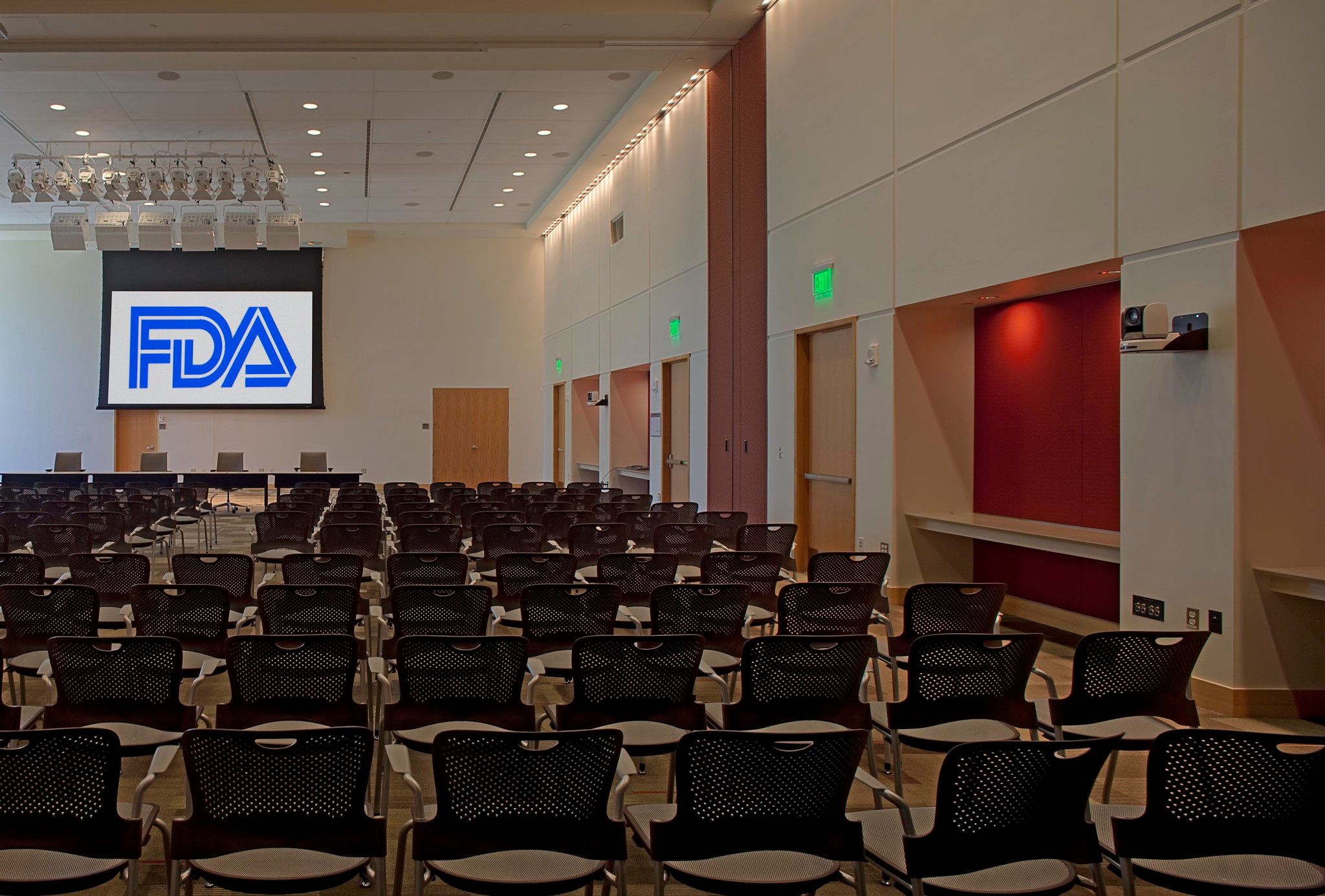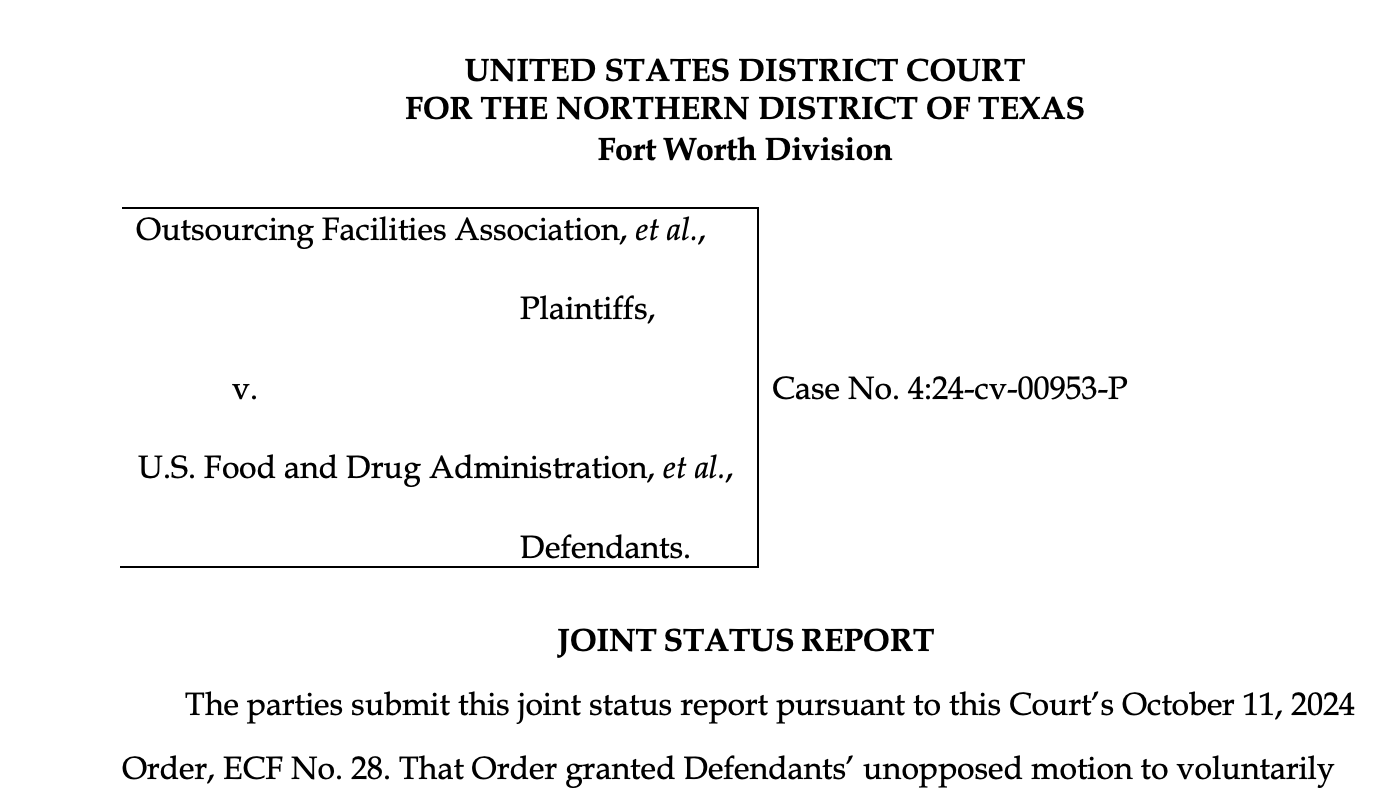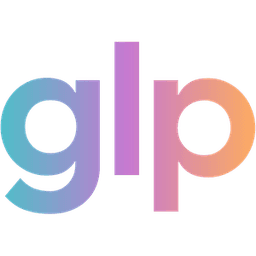What is a shortage?
Author
glp winnerDate Published
- Twitter
- Facebook
- LinkedIn
- Instagram
- Copy Link

We’ve all been hearing about the shortage of tirzepatide or semaglutide going away, but what the heck is a shortage? How does it impact compounding?
Shortages
First, let’s start with some definitions because this word is getting thrown around a lot, and there are technical differences in how the word gets used.
FDA Shortage: The FDA (Food and Drug Administration) maintains a drug shortages list that identifies medications experiencing significant supply issues.
To be included on this list, a shortage must meet certain criteria, such as a disruption in manufacturing or distribution that affects patient care. This list serves as an official acknowledgment that a particular drug is not readily available at the national level and allows for compounding to occur for essential copies of the medication. Most of the time when people are referring to the shortage, they mean the FDA shortage list.
Manufacturer Self-Reported Shortage: Manufacturers self-report shortages to the FDA. These shortages may be different from the FDA-listed shortages.
As of Dec. 27th, Eli Lilly and Novo Nordisk are listing tirzepatide and semaglutide as available. However, while Novo Nordisk lists semaglutide as available, the FDA still has it listed on its FDA shortage list.
When the manufacturer says there is no shortage, but the FDA has it labeled as a shortage, it means they disagree on the status. However, it is common for there to be a delay between the manufacturer reported shortage change and the FDA shortage list changing.
Real life shortage: When people in the real world have difficulty filling prescriptions, they may refer to that as a shortage.
Despite the FDA removing tirzepatide from their shortage list, many patients are reporting that they are having difficulty finding the medication. I’ve spoken to people who had to wait over a year to fill their prescriptions or started on a higher dose due to an inability to find a pharmacy who could fill their original prescription. I just spoke to someone who was going up on dose earlier than was ideal because they couldn’t find their ideal dose in stock.
Here is the line the FDA is spouting about this inconsistency: “Even when a medication is available, patients may not always be able to immediately fill their prescription at a particular pharmacy. That is especially true for refrigerated products and products with multiple dose strengths, due to factors like ordering practices and incentives, cold chain logistical considerations, and retailer capacity constraints. Patients may experience variability at a particular pharmacy location regardless of whether a drug is in shortage.”
What does the shortage have to do with compounding?
While there is an FDA Shortage, compounding pharmacies can compound essential copies of commercially available medication.
- Commercially Available Medication This refers to a drug product that is readily available for sale and distribution from a manufacturer. These medications are FDA-approved and produced in standard formulations and dosages that meet common prescribing needs. For example, Ozempic or Wegovy are commercially available versions of semaglutide. Mounjaro and Zepbound are commercially available versions of tirzepatide.
- Essential Copy An "essential copy" is a compounded medication that replicates the active ingredients of a commercially available drug, but is tailored to address a specific medical need not met by the commercial version. Compounding pharmacies are allowed to produce essential copies during an FDA Shortage, ensuring patients have access to necessary treatments.
- Not an exact Copy: Compounded medications are not an exact copy of the original medication, although they are similar. They are NOT FDA-approved like the commercial versions and have not undergone the same rigorous testing. They share the same active ingredient, such as semaglutide or tirzepatide, but may be missing key components related to the drug patent. For example, compounded medication does not come in the patented auto injector, and for this reason and others is not exactly the same.
Warning: If you see someone promising a” copycat” or “generic” version of commercial medication such as Ozempic, Wegovy, Mounjaro or Zepbound that’s a huge red flag. Often this can indicate they are not sourcing the medication from licensed compounding pharmacies or using a source that is not fit for human use.
Litigation
The Outsourcing Facility Association (OFA) is currently suing the FDA because they believe the shortage label removal for tirzepatide is not consistent with the experiences patients are having finding the medication. If you’re currently struggling to find your medication in stock, that is not an uncommon experience.
Hopefully, this made it a bit easier for you to understand what the FDA shortage means and why it’s different from other types of shortages. You can read more about the recent tirzepatide shortage change here.


